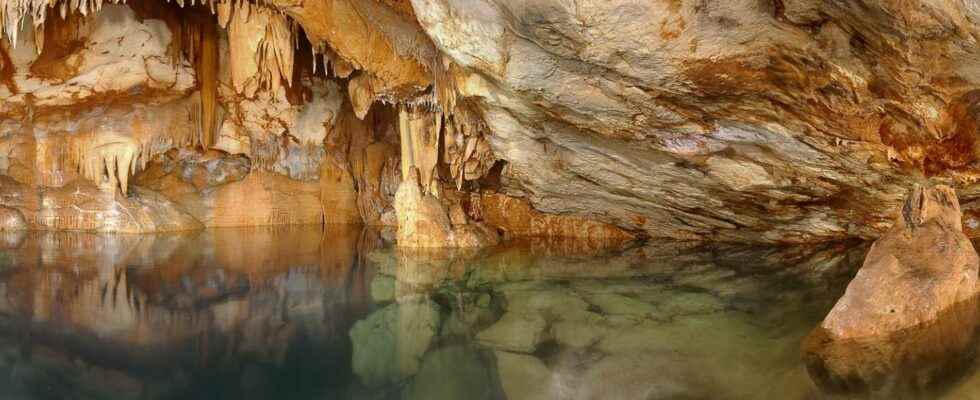You will also be interested
[EN VIDÉO] Rare prehistoric deer carvings found in Scotland A series of rock-carved stags dating from the Early Bronze Age or Neolithic were found by chance at the Kilmartin Glen site.
In 1985, professional diver Henri Cosquer discovered a cave underwater, 37 meters deep in the Calanque de la Triperie at Cap Morgiou, near Marseille. This seems to be covered with cave paintings and engravings multiple. Some seven years and many explorations later, the cave is named in honor of its discoverer, then classified as a historical monument: it was indeed inhabited thousands of years ago.
Thus begins a long journey of 30 years of study to reconstruct the history that forged this mysterious cave. If it is inaccessible today because it was swallowed up under the waters of the Mediterranean Sea, a few tens of thousands of years ago, it was not so.
An occupation that began almost 30,000 years ago
It all started 27,000 years ago, during the Upper Palaeolithic. The sea level is much lower than today, and the Cosquer cave is taken over by humans who cover it with paintings and other works of art: handprints, engraved or painted geometric signs, but above all drawings of animals. In total, there are more than 500 representations ofprehistoric art that adorn the Cosquer cave.
According to the numerous excavations and studies that followed, Man visited the Cosquer cave during two periods, one 27,000 years ago and the other 19,000 years ago. The hand prints would date from the first occupation, while the various designs from the second. The sea level was 120 meters lower than today’s level, and the shoreline was about 6 kilometers from the current limit.
The Cosquer cave is doomed to disappear
But today, the cave is only accessible by following a 150 m long tunnel, located under water at a depth of 35 meters. This is due to the sea level rise that occurred around 10,000 years ago at the end of the last ice age and which marked the beginning of the Holocene, to the point of immersing more than three quarters of this refuge of prehistoric art. This rise in water levels continues today, about 3 mm per year. The part remaining out of the water will soon be submerged in turn, hence the urgency of restoring it before it is too late.
This can be visited at the Mediterranean Villa from June 4, near the old port of Marseille. In addition to a reconstruction of the cave itself, there will be life-size replicas of animals, prehistoric and current, and many other scientific modules. To discover !
The Cosquer Cave surfaces: in Marseilles specialists have reproduced it identically. © France 3 Provence-Alpes-Cote d’Azur
Interested in what you just read?
